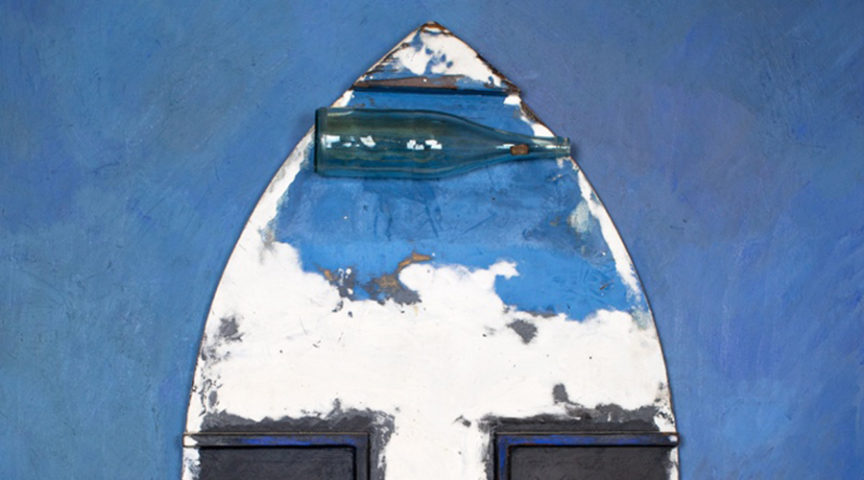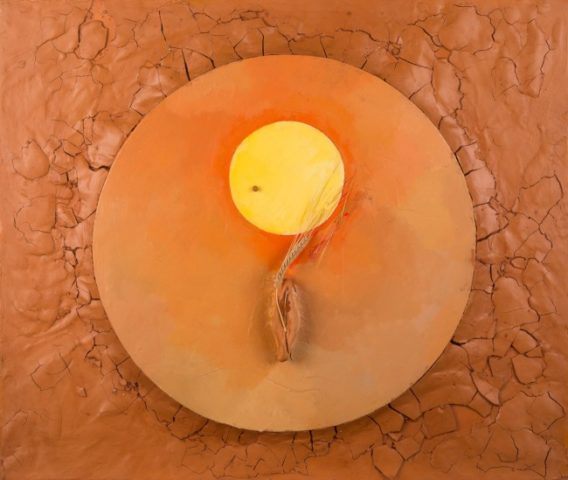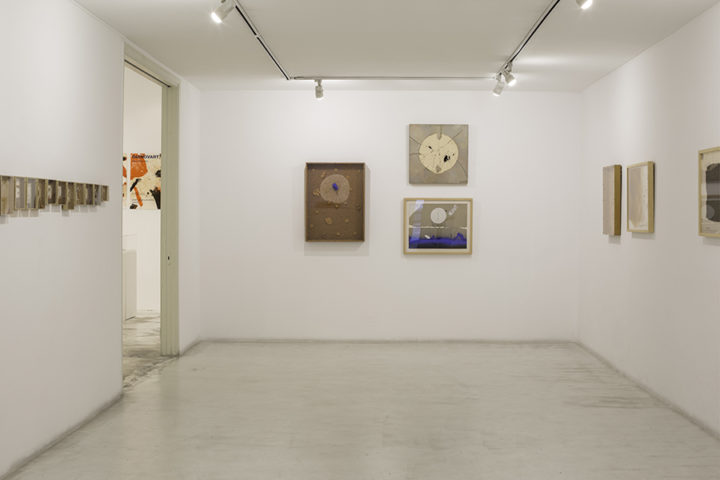L’Espai Carmen Thyssen de Sant Feliu de Guíxols presenta una nova mostra temporal, del 31 de juliol al 17 d’octubre de 2021, centrada en l’obra de Josep Guinovart.
En la mostra titulada “Univers Guinovart”, el Monestir de Sant Feliu de Guíxols es vesteix novament de gala per acollir una seixantena d’obres, entre pintura, escultura, gravat, serigrafies i altres disciplines en una nova exposició de luxe, en un espai extraordinari, amb un artista excepcional.
Univers Guinovart és una exposició realitzada en coordinació amb l’Espai Guinovart i l’Espai Carmen Thyssen, amb la presència de peces de diversos museus i col·leccions del país que permet a l’espectador realitzar una visita amb múltiples itineraris. Obres realitzades entre 1948 i 2007 que marquen la trajectòria artística d’aquest artista, a través cercles entrellaçats. Amb l’exposició, comissariada per Pilar Giró, es vol “retre homenatge al caràcter d’obra oberta amb la qual Guinovart definia la raó de la seva recerca plàstica: la mirada del públic que en fa seu el sentit i el significat”.
La mostra és un univers traçat des de dues geografies: la primera planta dedicada a una geografia física, indagant les arrels tel·lúriques que nodreixen la sensibilitat vers un món convuls, però també un món de somni, d’esperança, o de regeneració.
La segona planta explora una geografia humana, perfila un recorregut més introspectiu, fent de pont amb la visió que té Guinovart de l’art “com un projecte, un esbós inacabat, una aproximació al desig, un mer intent, l’intent d’agafar l’aigua amb un sedàs”. Els paisatges de l´ànima i les ànimes dels paisatges ens conduiran per un viatge insòlit a través de l’Univers Guinovart.


